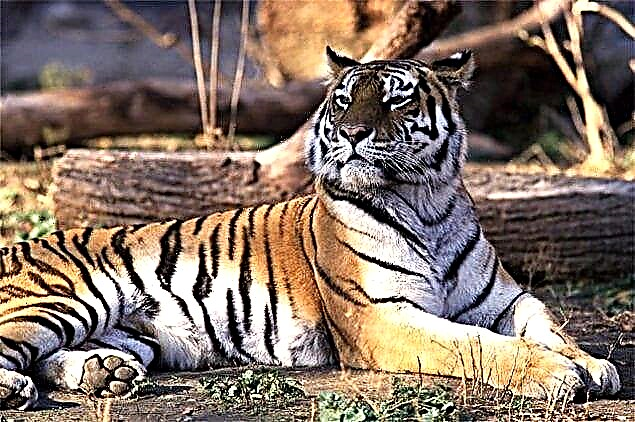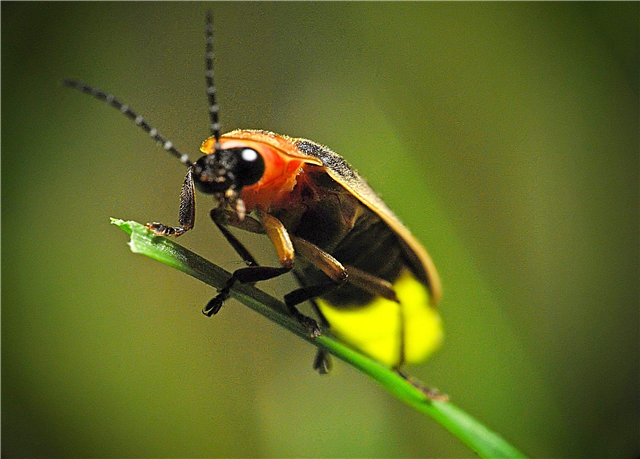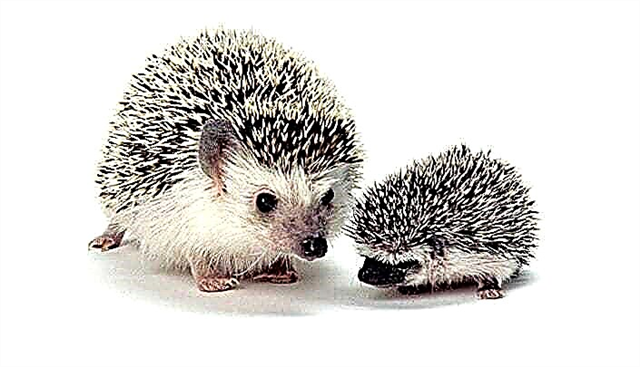
Insects are a class of animals that is part of the arthropod type. All of them are arthropod animals. And there are dozens of units in the class of insects: bugs, flies, dragonflies, cockroaches ...
Interesting fact: spiders and ticks are not insects!
Development and growth of insects

Hatching from an egg, the larvae of different insects develop in different ways. In some (like cockroaches, locusts), the larvae immediately look like adults; only they are small and unable to fly. They grow, molting, and are more and more like adults. Others develop like butterflies. Adult insects no longer grow.
Anatomy
The body of the insect is covered with an external skeleton of a durable substance - chitin. Adult insects have a head, chest, and abdomen. Six legs and wings (four or two) extend from the thoracic region. Some insects have no wings (for fleas, for example). On the head are antennae (antennas) and eyes.
Nutrition

Insects feed on plant and animal food. What exactly each insect eats depends on the structure of the mouth and digestive tract. Aphids suck leaves juice, locusts gnaw grass, a mosquito drinks blood, a gadfly doesn’t eat anything at all: it has enough fat accumulated when the gadfly was a larva.
Diseases and insects
Many insects carry microorganisms that cause disease. A malarial mosquito - malaria, flea - plague, louse - typhus, African fly tse-tse - fatal sleeping sickness.Housefly is the most dangerous one - it carries dysentery, typhoid fever, cholera, and worm eggs on the legs of pathogens.
Interesting fact: Dragonfly lays eggs in fresh water. This vigilant winged predator flies, without landing, for hours.
Pollinators
Insects transfer pollen from flower to flower, pollinate them. Without this, many plants cannot produce seeds. Without insects, the earth would lose a lot in its green outfit.

Defense and attack
Insects can bite with strong jaws, and some also sting. A sting is a piercing organ connected to a toxic gland. The sting is hidden in the abdomen of the insect. The sting is used to protect (like bees) and to attack prey (like wasps).
Interesting fact: A ladybug bug is useful for eating aphids.












